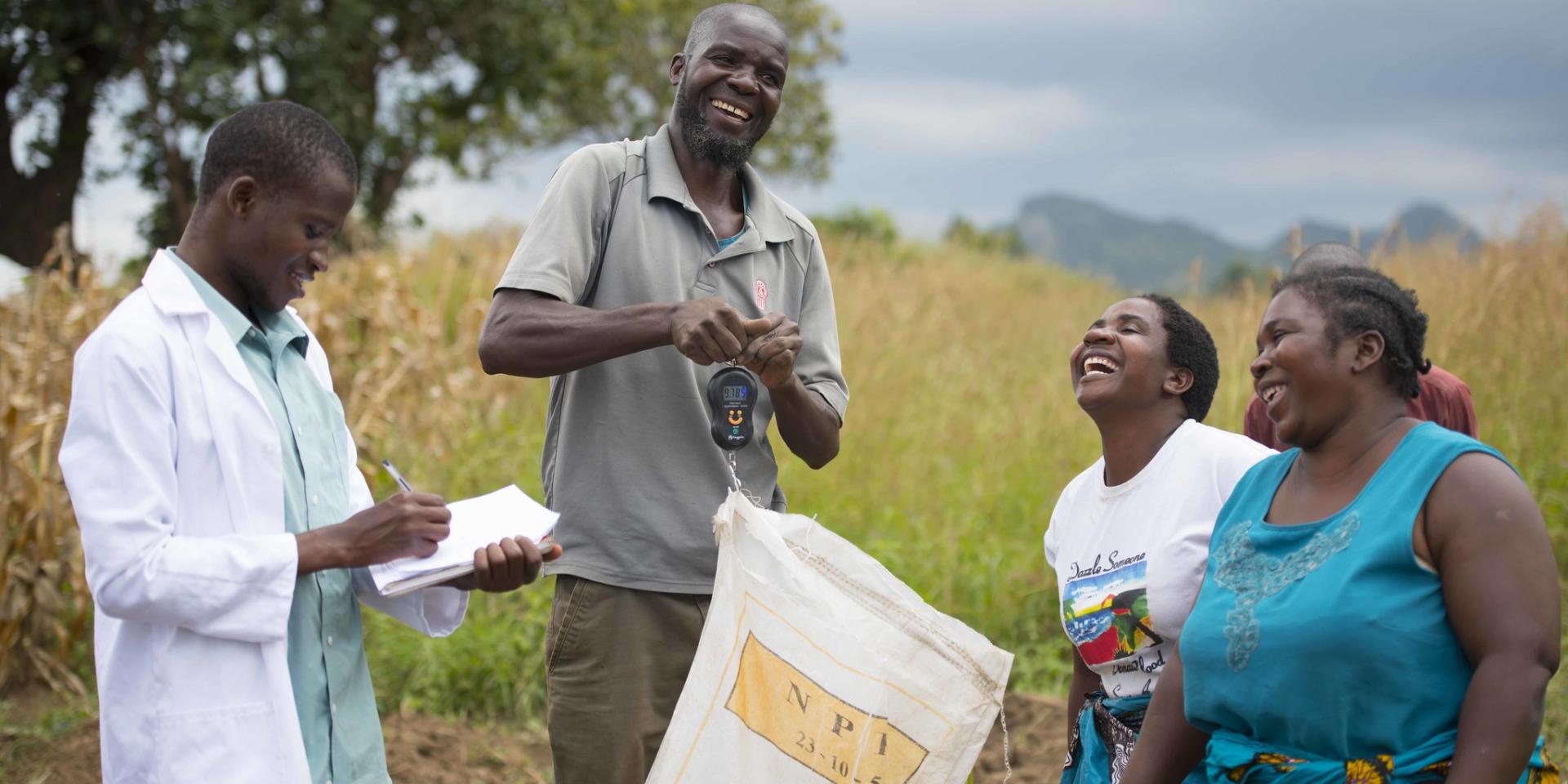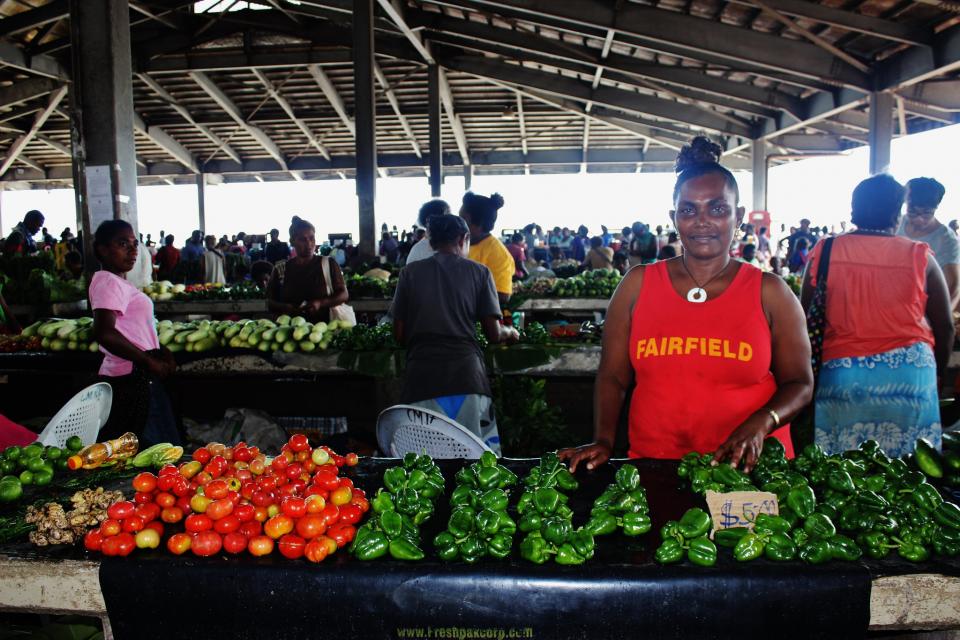Two is better than one: researching the gendered impacts of agricultural technology through storytelling
 Photo: Hugh Rutherford/CIP
Photo: Hugh Rutherford/CIP
Successful efforts to introduce agricultural technologies and practices accommodate farmers’ complex socio-economic conditions. Research shows that women and men often make decisions about and benefit from innovations differently. To capture those differences, researchers and development practitioners need to ask the right questions.
This need explains growing popularity of qualitative approaches in development research. Unlike surveys, which typically pre-determine response categories, qualitative approaches provide an intentional process for surfacing women’s and men’s perspectives, in their own words, and to analyze the stories that emerge.
In Kenya, Virginia Tech’s Feed the Future Innovation Lab for Integrated Pest Management (IPM IL) is exploring farmer stories to understand the benefits and challenges of Push-Pull, a farming system promoted by IPM IL and named for its ability to both repel and trap yield-threatening pests. In collaboration with researchers in East Africa and the United Kingdom, the International Centre of Insect Physiology and Ecology (icipe) developed the Push-Pull system and has been conducting R&D to assess its effectiveness and scale it to smallholder contexts. Push-Pull involves integrating legumes, such as Desmodium, in between maize plants to repel destructive crop pests. Simultaneously, grasses such as Napier or Brachiaria are planted around the border of a field to trap pests before they enter. Push-Pull increases yields and reduces reliance on inorganic pesticides; additionally, grasses recommended to be planted in Push-Pull are high-quality animal fodder that help fatten livestock and improve dairy outputs.
To understand how women farmers assess the benefits and challenges of this technology, the IPM IL and icipe conducted Focus Group Discussions with five women’s farmer groups in Kericho and Nakuru counties who apply Push-Pull. These groups both allowed women to engage with icipe technical specialists, and to share and learn from each other about their use of Push-Pull.


